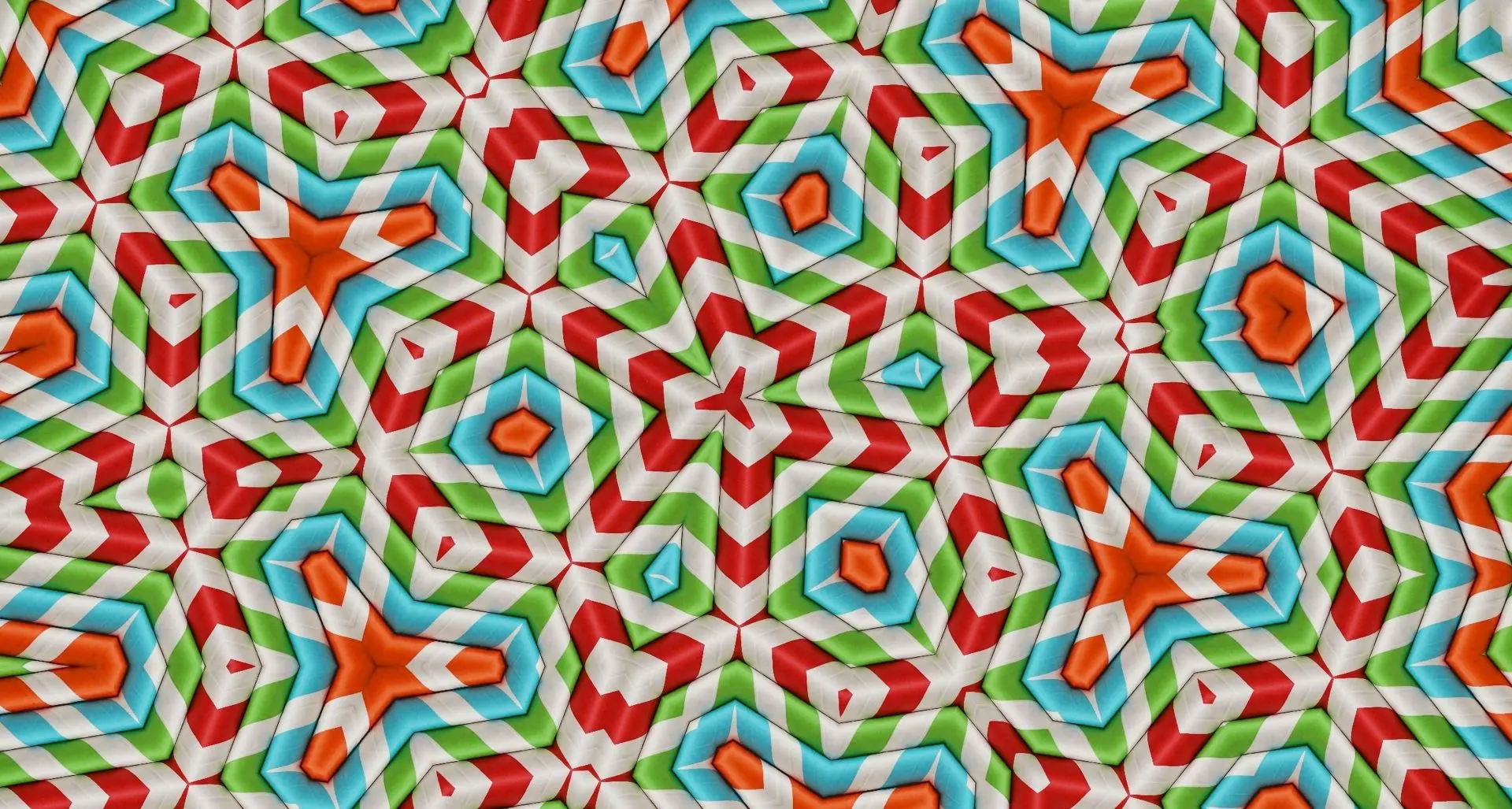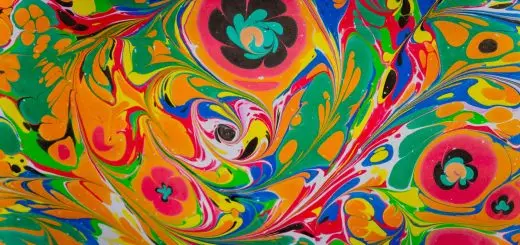Taoist Symbols: Exploring Sacred Meaning

Looking for more amazing products? Check out our online store and explore our collection here! Happy shopping!
Before diving in, please note: This post is for informational purposes only. If you’d like to know more about how we approach topics, feel free to check out our friendly Disclaimer Page.
Hey there, amazing readers! 
We’re committed to delivering quality posts, and your support (even just sticking around despite the ads) means everything to us. So, bear with us, and thanks for helping us keep the good vibes rolling. Now, on to the fun stuff!
TRANSLATE BUTTON AT THE END OF THE ARTICLE
A Quick Overview
Taoism is an ancient Chinese philosophy and religion that emphasizes living in harmony with the Tao, or the natural order of the universe.
Taoist symbols play a significant role in conveying the teachings and principles of Taoism.
These symbols are rich in meaning and are often used in rituals, art, and everyday life to represent various aspects of the Taoist belief system.
In this article, we will explore some of the most important Taoist symbols and their sacred meanings.
Introduction to Taoist Symbols
Taoist symbols are visual representations of key concepts in Taoism, such as balance, harmony, and the interconnectedness of all things.
These symbols are often used as tools for meditation and reflection, helping practitioners deepen their understanding of the Tao.
While there are many Taoist symbols, some of the most well-known include the Yin-Yang symbol, the Bagua symbol, the Five Elements symbol, and the Eight Immortals symbol.
Each symbol carries its own unique meaning and significance within the context of Taoism.
The Yin-Yang Symbol
The Yin-Yang symbol is perhaps the most recognizable Taoist symbol.
It consists of a circle divided into two halves – one black (Yin) and one white (Yang) – with a smaller circle of the opposite color in each half.
The symbol represents the duality of the universe, with Yin symbolizing darkness, passivity, and the feminine, while Yang symbolizes light, activity, and the masculine.
Together, they represent the balance and harmony of opposites in the natural world.
The Bagua Symbol
The Bagua symbol is a set of eight trigrams arranged in a circular pattern around a central symbol.
Each trigram represents a fundamental concept in Taoism, such as heaven, earth, fire, water, thunder, wind, mountain, and lake.
The Bagua symbol is often used in Feng Shui to harmonize the flow of energy in a space and promote balance and harmony in one’s life.
It is also used in Taoist divination practices to gain insights into the future.
The Five Elements Symbol
The Five Elements symbol, also known as the Five Phases or Wu Xing, represents the five elements of wood, fire, earth, metal, and water.
Each element is associated with a specific quality and symbolizes a different aspect of the natural world.
The interactions between the elements create a cycle of creation and destruction, reflecting the ever-changing nature of the universe.
The Five Elements symbol is used in Taoist cosmology to understand the relationships between various phenomena and to guide spiritual practice.
The Eight Immortals Symbol
The Eight Immortals symbol represents a group of legendary figures in Taoist mythology who have achieved immortality through their spiritual practices.
Each immortal is associated with a specific attribute, such as longevity, prosperity, or wisdom.
The Eight Immortals symbol is often depicted in art and literature as a way to invoke their blessings and protection.
It is also used in Taoist rituals and ceremonies to honor and seek the guidance of these revered beings.
The Dragon Symbol
The Dragon is a powerful and auspicious symbol in Taoism, representing strength, vitality, and good fortune.
In Chinese culture, the Dragon is regarded as a divine creature that brings rain and protects against evil spirits.
The Dragon symbol is often associated with the Emperor and is used to symbolize leadership and authority.
It is also used in Taoist rituals and celebrations to invoke the Dragon’s blessings and to ward off negative influences.
The Phoenix Symbol
The Phoenix is a symbol of rebirth, renewal, and immortality in Taoism.
It is believed to rise from its own ashes, symbolizing the cycle of death and rebirth.
The Phoenix is associated with the element of fire and is often depicted as a mythical bird with vibrant plumage.
The Phoenix symbol is used in Taoist rituals and ceremonies to bring good luck and to symbolize the eternal cycle of life.
The Tortoise Symbol
The Tortoise is a symbol of longevity, protection, and wisdom in Taoism.
It is believed to be an auspicious creature that brings good fortune and protection from harm.
The Tortoise symbol is often depicted with a snake, symbolizing the balance between heaven and earth.
It is used in Taoist rituals and ceremonies to invoke the qualities of the Tortoise and to seek guidance and protection from its wisdom.
The Tiger Symbol
The Tiger is a symbol of power, courage, and strength in Taoism.
It is regarded as a fierce and noble creature that embodies the qualities of a great warrior.
The Tiger symbol is often associated with protection and is used to ward off evil spirits and negative influences.
It is also used in Taoist rituals and ceremonies to invoke the Tiger’s fierce energy and to promote courage and resilience in the face of challenges.
The Lotus Flower Symbol
The Lotus Flower is a symbol of purity, enlightenment, and spiritual growth in Taoism.
It is often used to represent the journey of the soul towards enlightenment, as the lotus emerges from muddy waters to bloom into a beautiful flower.
The Lotus Flower symbol is associated with the teachings of the Buddha and is used in Taoist meditation practices to cultivate inner peace and harmony.
It is also used in art and architecture to symbolize beauty and grace.
The Bamboo Symbol
The Bamboo is a symbol of resilience, flexibility, and strength in Taoism.
It is known for its ability to bend without breaking, symbolizing the importance of adaptability and perseverance in life.
The Bamboo symbol is often used in Taoist teachings to remind practitioners of the need to remain flexible and open to change.
It is also used in art and literature to symbolize integrity and moral strength.
The Peach Symbol
The Peach is a symbol of longevity, immortality, and good health in Taoism.
It is believed to be a mystical fruit that grants eternal life to those who consume it.
The Peach symbol is often associated with the Queen Mother of the West, a deity who rules over the immortals.
It is used in Taoist rituals and ceremonies to invoke the blessings of the Queen Mother and to promote health and longevity.
The Peach symbol is also a popular motif in Chinese art and literature, symbolizing abundance and prosperity.
Conclusion
Taoist symbols are powerful tools for conveying the teachings and principles of Taoism.
Each symbol carries its own unique meaning and significance, reflecting the rich spiritual heritage of this ancient philosophy.
By exploring the sacred meanings of Taoist symbols such as the Yin-Yang, Bagua, Five Elements, and Eight Immortals, we gain a deeper understanding of the interconnectedness of all things and the balance and harmony of the universe.
Whether used in rituals, art, or everyday life, Taoist symbols serve as reminders of the eternal truths and timeless wisdom of Taoism.

The Enlightenment Journey is a remarkable collection of writings authored by a distinguished group of experts in the fields of spirituality, new age, and esoteric knowledge.
This anthology features a diverse assembly of well-experienced authors who bring their profound insights and credible perspectives to the forefront.
Each contributor possesses a wealth of knowledge and wisdom, making them authorities in their respective domains.
Together, they offer readers a transformative journey into the realms of spiritual growth, self-discovery, and esoteric enlightenment.
The Enlightenment Journey is a testament to the collective expertise of these luminaries, providing readers with a rich tapestry of ideas and information to illuminate their spiritual path.
Our Diverse Expertise
While our primary focus is on spirituality and esotericism, we are equally passionate about exploring a wide range of other topics and niches 

To ensure we provide the most accurate and valuable insights, we collaborate with trusted experts in their respective domains 
Our blog originally focused on spirituality and metaphysics, but we’ve since expanded to cover a wide range of niches. Don’t worry—we continue to publish a lot of articles on spirituality! Frequently visit our blog to explore our diverse content and stay tuned for more insightful reads.
Hey there, amazing reader! 
Check out our store here and take a peek at some of our featured products below! Thanks for being awesome!











